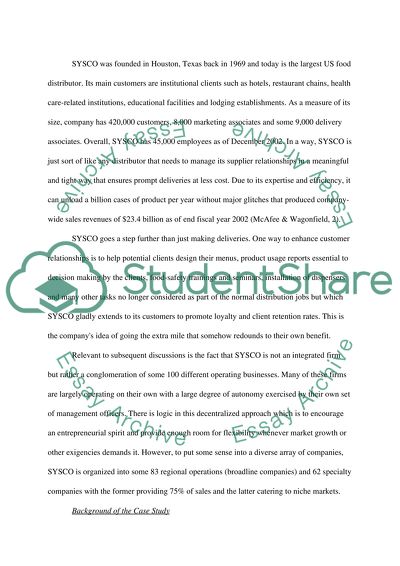Cite this document
(Analysis of Sysco BI Software Term Paper Example | Topics and Well Written Essays - 2500 words, n.d.)
Analysis of Sysco BI Software Term Paper Example | Topics and Well Written Essays - 2500 words. Retrieved from https://studentshare.org/information-technology/1562799-sysco-case
Analysis of Sysco BI Software Term Paper Example | Topics and Well Written Essays - 2500 words. Retrieved from https://studentshare.org/information-technology/1562799-sysco-case
(Analysis of Sysco BI Software Term Paper Example | Topics and Well Written Essays - 2500 Words)
Analysis of Sysco BI Software Term Paper Example | Topics and Well Written Essays - 2500 Words. https://studentshare.org/information-technology/1562799-sysco-case.
Analysis of Sysco BI Software Term Paper Example | Topics and Well Written Essays - 2500 Words. https://studentshare.org/information-technology/1562799-sysco-case.
“Analysis of Sysco BI Software Term Paper Example | Topics and Well Written Essays - 2500 Words”, n.d. https://studentshare.org/information-technology/1562799-sysco-case.


